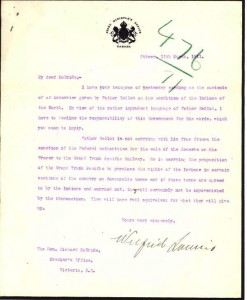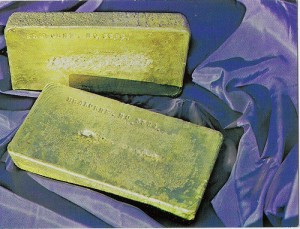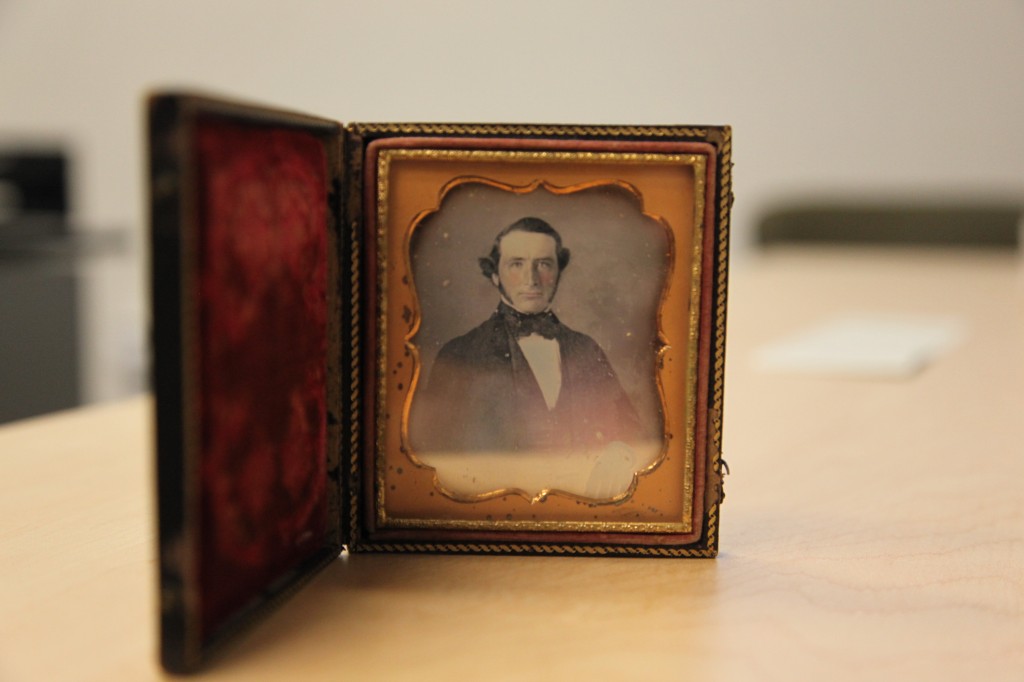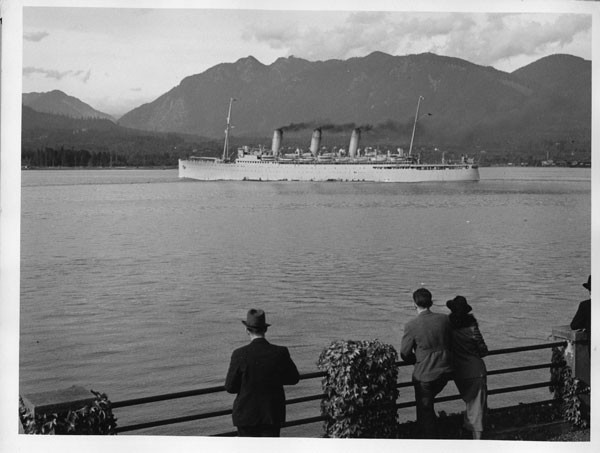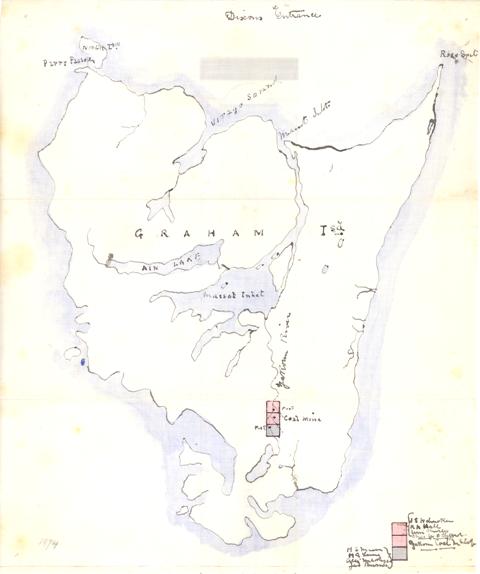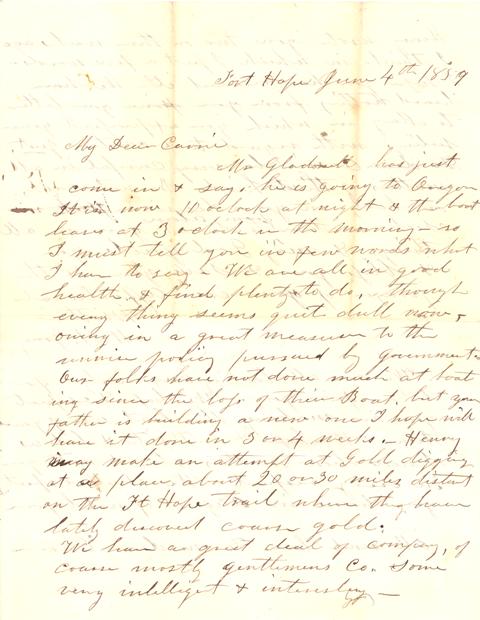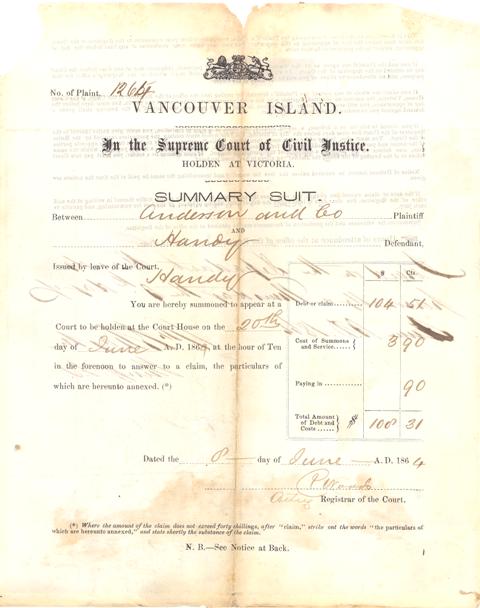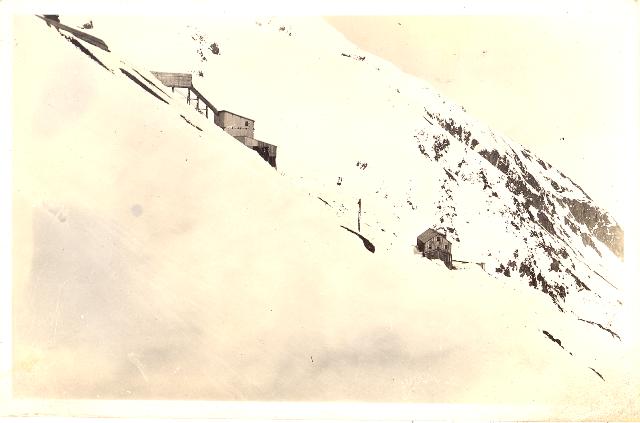In this installation of our blog series exploring B.C. places from the Irving K. Barber Learning Centre rooms, we will explore the village of McBride, or in this case, its namesake. McBride is located in the Cariboo, between Prince George and Valmount, very close to the Albertan border. Settled during the construction of the Grand Pacific Trunk Railway in 1913, it is named for Sir Richard McBride, who was the premier of B.C. from 1903-1915. The railway was one of McBride’s major platforms, along with the establishment of a provincial university, which would become UBC.
Suppose you wanted to find pieces of correspondence to and from McBride in our collections here at Rare Books and Special Collections. This is a great example of how more than one method of searching is sometimes necessary.
Finding aids for our archival collections can be found on our website, and through a simple Google search for “McBride,” a number of results will appear, some of which are for the McBride in question, others not. One result is the Frederic Howay fonds, which lists letters from Richard McBride in Box 4 file 18:
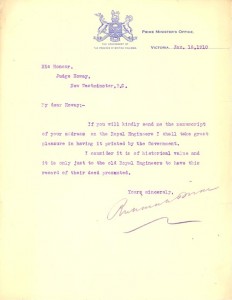
Letter from Richard McBride to Frederic Howay, Box 4 file 18 Frederic Howay fonds (click to see larger)
There are six letters from McBride to Howay (a judge, author, and collector of British Columbiana whose book collection is one of the founding collections at Rare Books and Special Collections). Among them is this letter in which McBride invites Howay to send his manuscript about the Royal Engineers for publication by the government. That manuscript presumably became this printed pamphlet.
Another method of searching will find items from our vertical file collection, which was featured in our post about Oliver. Vertical files are found in the library catalogue. By searching for items in Rare Books and Special Collections as the location and Richard McBride as your keywords, you will find a number of published items related to McBride such as speeches, and also this letter from Wilfred Laurier to McBride:
In it, Laurier refers to land transactions being made between First Nations groups and the government for the construction of the Grand Trunk Railroad.
Do these two search methods guarantee that you will find all archival documents related to Richard McBride? Unfortunately not. The nature of archival description is that it tends to describe groups of records, not individual items- if archivists catalogued every document individually, we would be hopelessly behind in our work! When using archives for your research, you sometimes have to think a little more creatively- who would have Richard McBride been corresponding with, and about what? This helps you choose appropriate keywords for your searches. For more resources on using archival material, check out our Archival Material research guide.
In the Barber Centre, the McBride Meeting room is room 265, which is one of the meeting rooms on the south side of the building, off of the Ike’s Cafe eating area.
